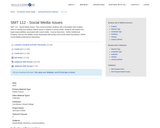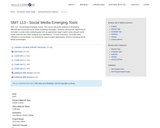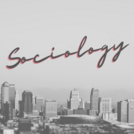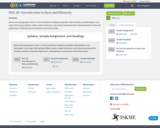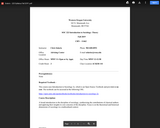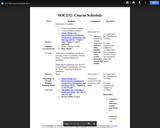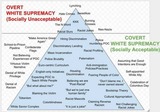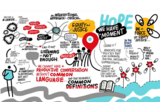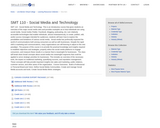
This is an introductory course that gives students an overview of the major social media sites and provides examples as to how individuals are using social media. Social media (Twitter, Facebook, blogging, podcasting, etc.) are relatively accessible technologies that enable individuals, almost instantaneously, to create, publish, edit, and/or access messages intended for audiences; students will learn how to explore the possibilities and limitations of various social media.
Social media has profoundly impacted the world of communications both among consumers as well as with businesses. Despite the rapid shift in marketing and communications, many organizations are still learning to adjust to this new paradigm. The purpose of this course is to provide the practical knowledge and insights required to establish objectives and strategies, properly select the social media platforms to engage consumers, and measure these results in a manner that is meaningful for businesses.
The class will break down broad concepts about social media into meaningful segments that could be applied to serve strategic priorities for businesses. This includes an overview of the necessary tools, the impact on traditional marketing, quantifying success, and reputation management. These concepts will help provide important insights into sales and marketing, public relations, customer service, and other areas of the organization.
Course Outcomes:
1. Build a Professional or Personal Brand and Voice.
2. Define Social Media Communities.
3. Create and manage Social Media accounts and tools.
4. Create Social Media Metric strategies.
- Subject:
- Social Science
- Sociology
- Material Type:
- Full Course
- Provider:
- Linn-Benton Community College
- Author:
- Linn Benton Virtual College
- Date Added:
- 07/09/2020
